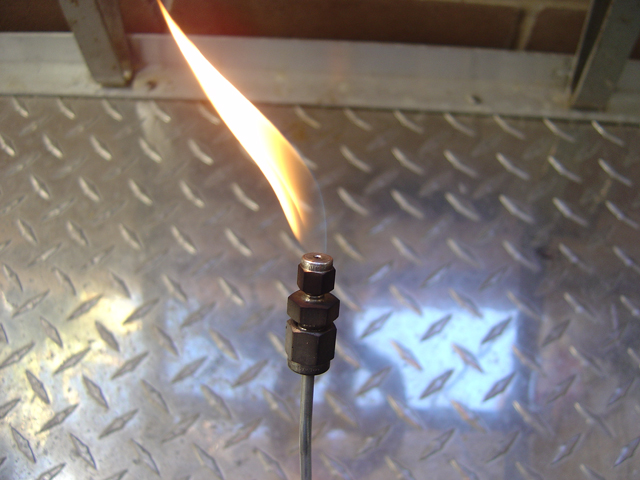Alemental
Well-Known Member
The recent article in BYO magazine on building a brewery stand (Brutus 10, I think they called it) has me contemplating adding an automated recirculation temp control to a keggle in my system for a mash tun. The author of that article uses a low-pressure propane system, and made a pilot light by just drilling small holes in a block of brass and running propane through it.
Does anybody know if this will work in a high-pressure propane system? (I use Hurricane burners)
Or any tips or links to info on adding a pilot light would be appreciated.
Does anybody know if this will work in a high-pressure propane system? (I use Hurricane burners)
Or any tips or links to info on adding a pilot light would be appreciated.



